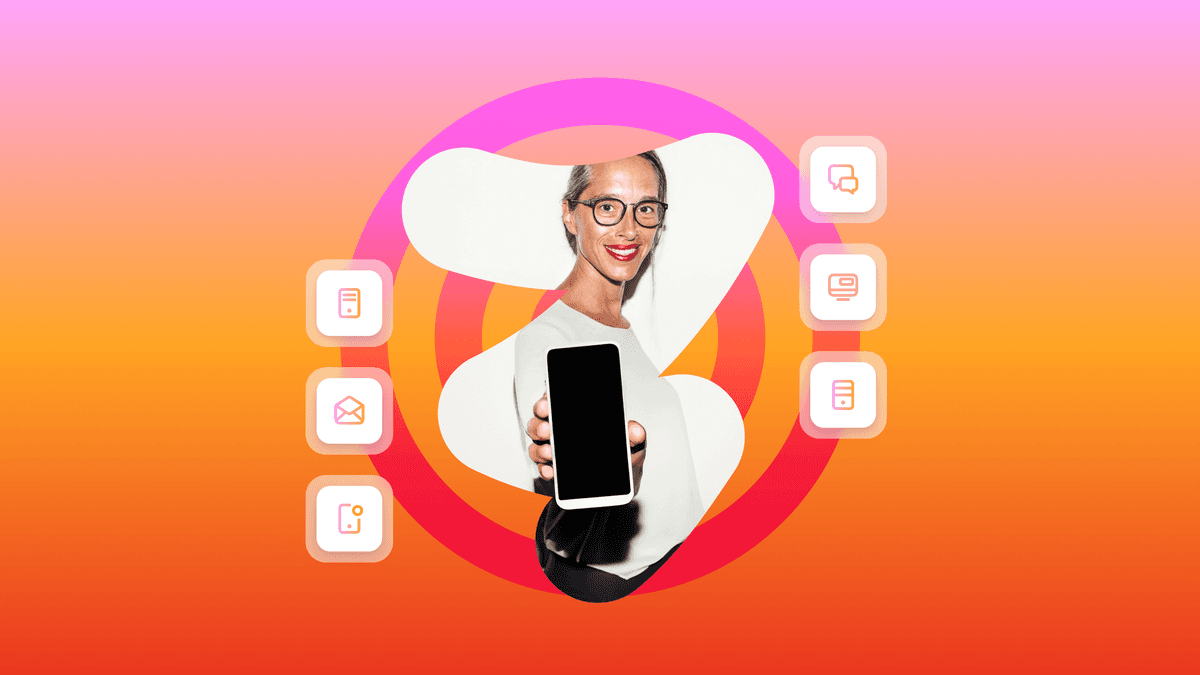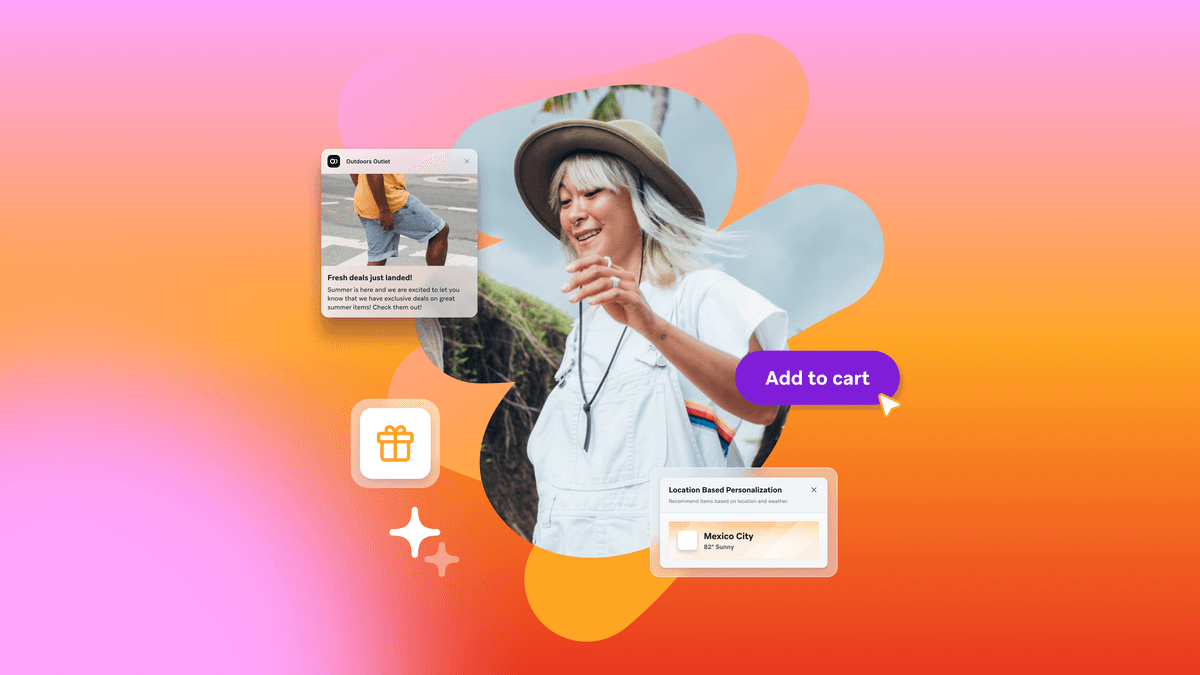Nail the Essentials: A 10-Point Mobile Onboarding Checklist
Published on December 10, 2015/Last edited on December 10, 2015/4 min read

Team Braze
Dear reader: This blog post is vintage Appboy. We invite you to enjoy the wisdom of our former selves—and then for more information, check out our new Cross-Channel Engagement Difference Report.
There’s no doubt that a proper onboarding campaign is essential to mobile marketing success. Your onboarding campaign is the first step to building a long-term relationship with your customers, but it’s easy to overlook critical steps that can make or break your onboarding effort. That’s why we’ve created a 10-point mobile onboarding checklist with a couple of things, well ten actually, that we recommend double-checking before you launch your mobile onboarding campaign.
Read through this checklist as you’re creating an onboarding campaign, and stop asking yourself “did I remember everything?”
1) Onboarding Goals
Why This Is Important – Defining your goals should be your first step.Knowing what your business wants to achieve with an onboarding campaign (e.g. generate new sales, create power users, increase retention, etc.) will make your onboarding campaign way more focused and help you determine what success looks like.
2) KPIs/Success Metrics
Why This Is Important – You need a way to measure the success of your onboarding campaign or else you’ll just end up wasting money on a campaign that’s not bringing in results. You can track metrics like stickiness (which is DAU/MAU), retention rate, and ROI.
3) Segments
Why This Is Important – During your onboarding campaign, users will behave in different ways. Some will stick around and become power users and some will show signs of becoming inactive. Creating segments allows you to target users based on app activity and personal attributes for better campaign optimization. For example, if you notice a chunk of your users lapsing in activity, you can send push notifications with exclusive offers to that segment to draw them back to your app.
4) Introductory Content
Why This Is Important – Mobile users have an unfortunate tendency to abandon you. Sad but true. This is your chance to make a good first impression! Don’t leave your users lost and hopeless. Increase retention by teaching users how to navigate your app and providing value as soon as they open it.
Here are some good examples of app introduction screens.
5) Opt-in Prompts
Why This Is Important – If your app requires special permissions for users to get the most out of it, or if you would like for push notifications to be enabled to send useful messages, you need to communicate this with your users. A good way to do this is through opt-in prompts. Operating systems like Android and iOS have built-in prompts (e.g. “XYZ app is requesting your location. Allow?”), but you should also create your own to more completely make the case for your app.
Nail the Essentials: A 10-Point #Mobile Onboarding Checklist
6) Campaign Schedule
Why This Is Important – Scheduling specific days and times for your onboarding campaign allows you to focus on data analysis and optimization by automating your messages. Keep in mind users’ local time zones! Also, timing is key. It’s important to message your users at precisely the right time to increase your chances of reaching them.
7) Multi-Channel Strategy
Why This Is Important – Want more engagement within your app? We thought so. You don’t have to settle for one messaging channel. According to our research, multi-channel campaigns boost retention by 130%! You can drive more people back to your app and increase engagement with a comprehensive multi-channel messaging strategy.
8) Message Variants for Multivariate Testing
Why This Is Important – Testing allows you to determine which version of your messaging results in a higher conversion rate and best accomplishes your marketing goals. People respond differently to wording, imagery, colors, etc., and you may be able to increase engagement just by testing. Once a clear winner emerges, send the winning message to the rest of your users.
9) Help Content
Why This Is Important – Users will abandon your app if they have a hard time using it, ruining your chances of retaining them. Guide them through your app and help them find value by creating tips and FAQ content.
10) Feedback Management
Why This Is Important – Listening to user feedback can alert you to a technical issue in your app or design flaws that you might not have considered. It also gives your users a way to reach out easily and directly through your app.
We hope you don’t just read this mobile onboarding checklist. We want you to print it out, write on it, tape it to your desk, and do whatever is necessary to make sure you’re starting on the right track!

Be Absolutely Engaging.™
Sign up for regular updates from Braze.
Related Content
View the Blog
The future of payments: Enhancing innovation and trust in a changing landscape

Erin Bankaitis

Multichannel optimization: Unlocking a more cohesive strategy for engaging customers

Team Braze

Customer engagement must-haves for peak shopping season
